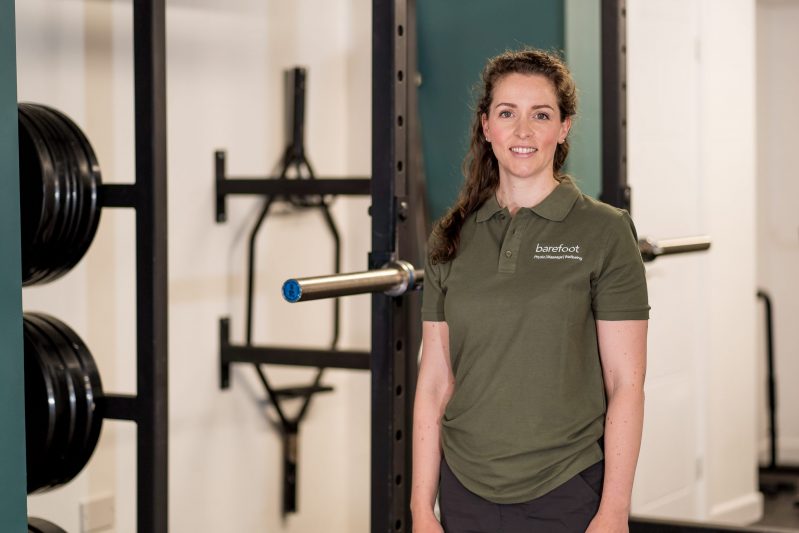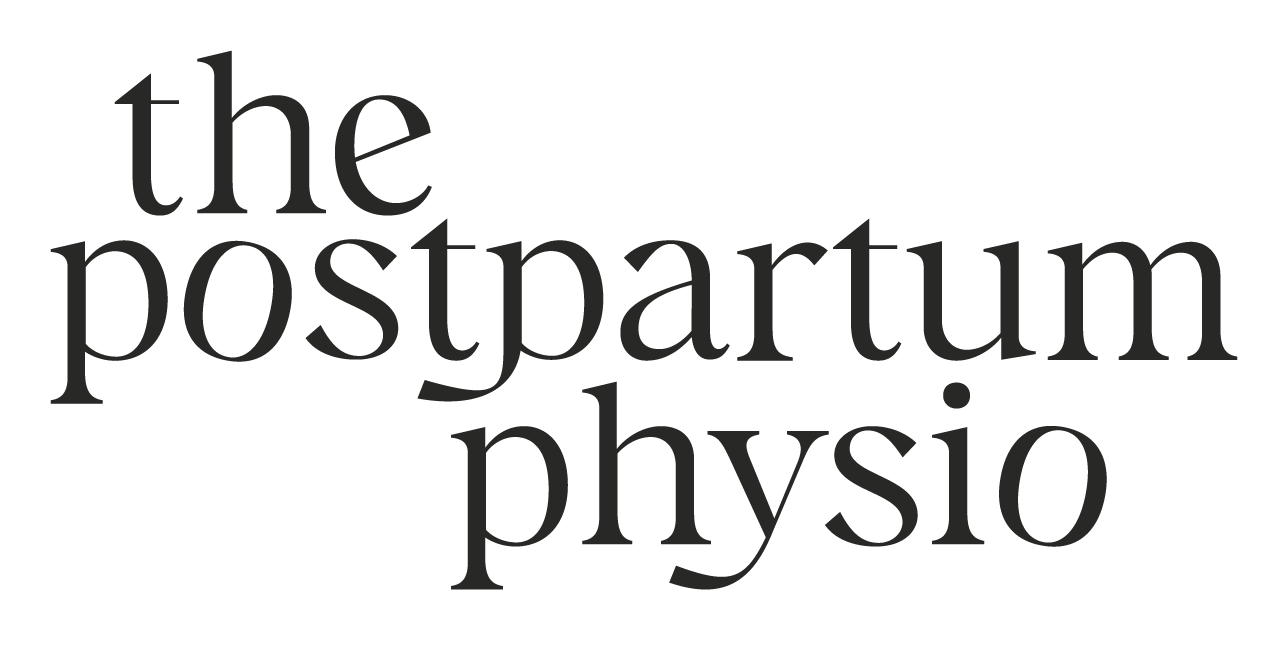Hello, my name is Victoria Caulfield, The Postpartum Physio.
I specialise in all things pelvic health, but more specifically functional assessment and rehabilitation of the pelvic floor. This area can need particular attention throughout our lives but potentially more so when we have a baby, as we approach perimenopause and become post menopause. I’m incredibly passionate about my job and advocating for the best research based treatment. This will enable us to continue doing what we love and really feel like ourselves again at a time when we are transitioning, sometimes into the unknown.
We all know we should be doing our pelvic floor exercises but do we really know why we need to do them?!
As a pelvic health physio it’s my job to get everybody doing the impossible- actually remembering to do their pelvic floor exercises, they’re important and here’s why…
Your pelvic floor is actually a muscular sling comprised of multiple muscles and it sits in the bottom of your pelvis like a little hammock. It has some important roles too. The pelvic floor lends support to your internal organs, namely the bladder, uterus and bowel. It’s also responsible for protecting the spine, helping to maintain continence for both bladder and bowel and not forgetting its role in contributing to sexual sensation. That normally gets most people’s attention! It’s an incredible multitalented set of muscles and sometimes if things go awry we can have difficulty with the following;
- incomplete emptying of bladder and/or bowel
- constipation
- pain on inserting tampons/ menstruation cups.
- incontinence
- painful sex
- pain in any of the following areas; pelvis, lower back, hip.
So let’s break down how we can best take care of our pelvic floor into my top three tips.
1. Good Toileting Habits
This means siting on the toilet (no hovering for a speed wee). If we’re having bowels opened try popping a little stool under feet to open the neck of the bowel (you bowel has a neck yes.) This will minimise straining. Which leads me onto my next point, avoid straining or pushing to go for a poo or wee at all costs! Our pelvic floor doesn’t like it when we have to repeatedly push to empty bladder or bowel and this can sometimes be a sign of pelvic floor disfunction. If you’re managing your diet and hydration well, your toilet positioning is optimal and you’re still struggling it may be worth speaking to your GP or a pelvic health physiotherapist. Believe me we’ll be delighted to help, good toileting habits are essential for a happy pelvic floor!
2. Taking Deep Breaths
This sounds a bit basic but bear with me. Our diaphragm that sits at the bottom of our lungs is basically best friends with the pelvic floor and they like to move together. When you breath in the diaphragm draws down to help air enter the lungs. Your pelvic floor actually relaxes down slightly too. They work in synergy. When you breath out and the diaphragm moves up your pelvic floor moves up too. This natural rhythm can often be disrupted by poor posture, pregnancy (growing a life in the middle of you is hard work) and stress. Let’s be honest these last few years we’ve all been through horrendous amounts of stress on multiple levels. I think we need to acknowledge that sometimes.
A lot of the ladies I’m seeing in clinic, myself included, haven’t taken a deep relaxed breath and let their tummy go since February 2020! The biomechanics of the breath are essential for good pelvic health. So let your tummy relax and focus on filling the bases of your lungs with air. Just for 5-10 breaths in the morning and in the evening. Your pelvic floor and diaphragm will do a happy dance together and thank you for it.
3. Doing your pelvic floor exercises
I know, I know- they’re boring and easy to forget but as we’ve discovered they are an important set of muscles! The first and most important bit of information I really want you to remember is that we need to initiate the squeeze from the back passage, aka your bottom muscles. Not your bottom cheeks, to be super specific I want you to squeeze your anal sphincter muscle. Research has shown this is the most effective way to initiate a pelvic floor contraction and research is what we go with, not what granny told you about stopping yourself from having a wee. Incidentally don’t stop yourself from having a wee mid stream our bladder really doesn’t like it and we always want to promote good toileting habits don’t we!
Now let’s break down your reps and sets. We need to complete long holds and short squeezes. For the long holds we should be aiming for up to 10 seconds which is quite a long time when you consider we should be doing up to 10 reps. So as with any exercise when you’re just starting out, do what you can. If you can hold for 4 seconds great, 7 seconds awesome! Just build up as you feel you can hold for longer. In terms of the reps the same advice applies. If you can hold for 6 seconds 4 times great, there is your starting point. Between each squeeze it’s VERY important we fully let the squeeze go and allow the pelvic floor to relax so I always suggest a full breath between squeezes.
The shorter squeezes should be held for no more than a second or so and fully released after each squeeze with a breath in between. This is really important as ladies tend to pulse these sorts of squeezes and our pelvic floor can’t release properly between each pulse. We are aiming to complete 10 of these shorter squeezes. As with the other squeezes if you can only feel the squeeze and lift for 3 reps that’s your starting point.

Ideally we need to try and aim for your reps and sets three times a day. I know it sounds a lot but there are times in our day when we potentially could just be standing or sitting with nothing to do. So when you’re sat in a meeting try a set of short and long holds. The same with waiting for the kettle to boil or if you’re waiting in the queue at the post office. Try not to do them when you’re doing something else like the washing up or a classic- sitting at traffic lights. I say this because traffic lights never give us enough time and they tend to make people rush and thus not release properly. We want to give the squeeze and lift our full concentration!
I hope you’ve read something to take away and integrate into your day. Even if it’s just a few good quality squeezes (and releases) with a couple of deep breaths and popping a loo roll under each foot when you go to have a poo! We all have to start somewhere and the changes don’t have to be massive. Our pelvic health is fundamental to our quality of life. If you are experiencing difficulty with any pelvic type symptoms I know it can be extremely daunting. You may feel embarrassed talking about your toileting habits or your vagina but in all honesty this is all I talk about, day in day out. Helping people navigate and improve their symptoms is my job and I love it! That’s not to say you won’t still feel that worry as you sit in the waiting room but the second you start talking to your GP or a pelvic health physio it should be abundantly clear that you will be supported and feel at ease, the symptoms you’re experiencing matter. YOU MATTER and don’t let anybody tell you differently.
It’s been a pleasure writing this blog post, thank you for having me Bear Town!
Big love V x
For more information about The Postpartum Physio visit Victoria’s website or follow her on Instagram.

